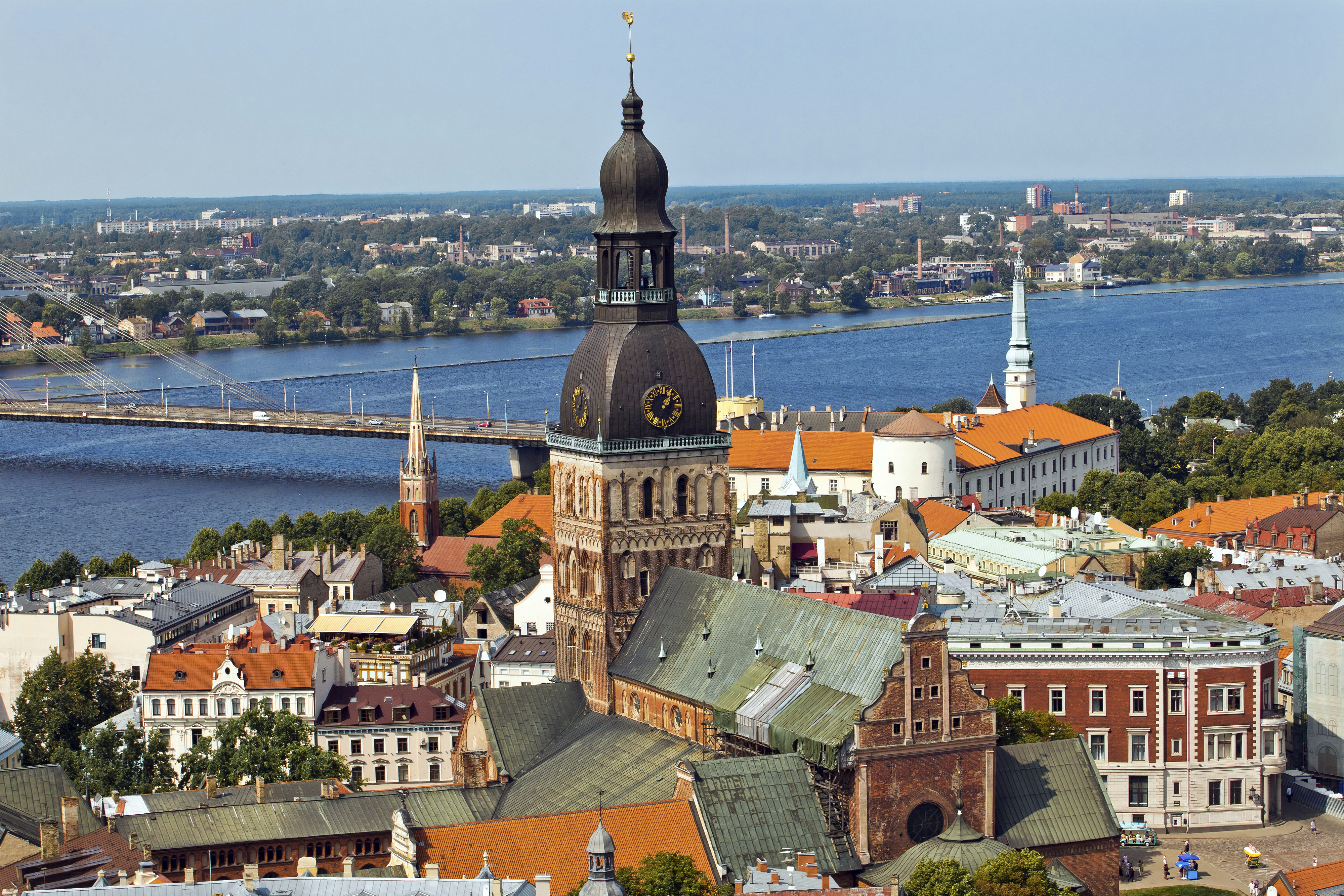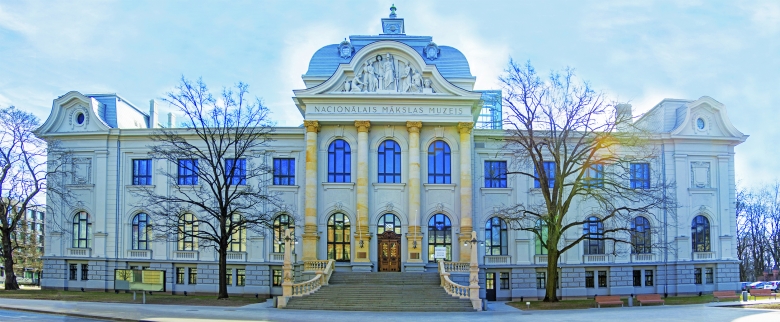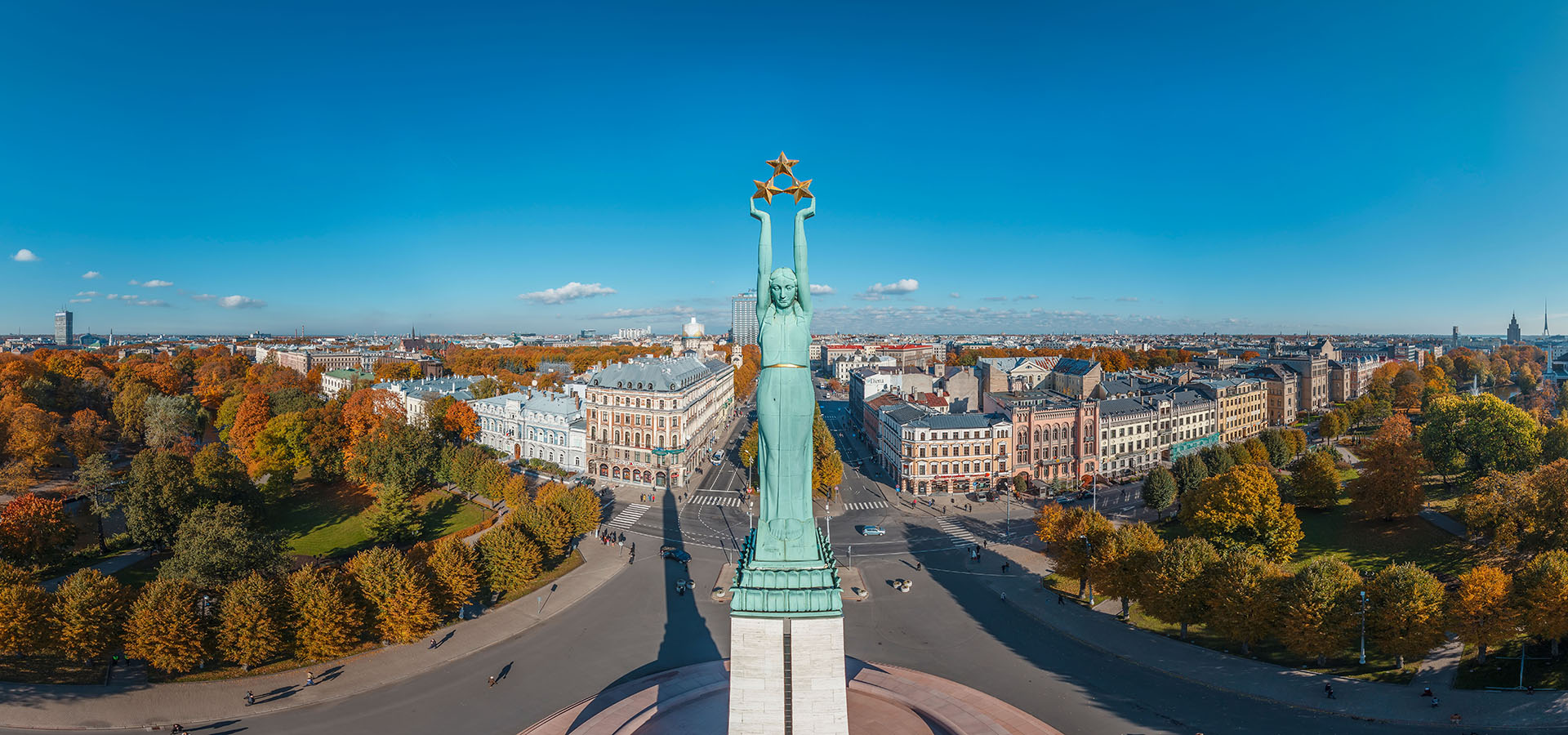Sightseeing
TOP Sightseeing
The Old Town

The Old Town is the oldest section of Riga as well as the center of the city. It is the city’s most popular area with tourists. In 1997, Riga's historic center was included in the UNESCO World Heritage List.
The Old Town has highly diverse architecture, and the majority of buildings have the status of a cultural monument. The city's architecture represents various periods - Romanticism, Gothic, Baroque, Classicism, and Modernism. After the restoration of the independence of Latvia, many buildings in the Old Town were reconstructed or rebuilt to restore the historic look of the area.
The most impressive buildings in the Old Town are the Riga Cathedral and St. Peter's Church, offering a wonderful panoramic view on the city of Riga from a 72 meter observational tower.
Latvian National Museum of Art

Latvian National Museum of Artis the most significant depository in the nation for works of art. Reopened in May 2016, the building itself has been upgraded, modernized but its majestic beauty from a long-gone era - preserved.
The National Art Museum’s new permanent exposition, marking the fully renovated building’s reopening, is a comprehensive expose on Latvian art in both the 19th and 20th centuries, with emphasis on the various stylistic periods and the artists who were instrumental. Spanning two floors in the renovated main building, complete information is presented that clearly shows the development of Latvian art, focusing on the various periods, those who made it all happen, the highlights of the time.
Apparently, visitors flocking to the museum since its opening, are the most interested in the modernized building itself, finding the time spent here well worthwhile.
Learn more on http://www.lnmm.lv/
Freedom Monument

The Freedom Monument has been Riga's central landmark for almost a century. This 42.7 m tall granite and copper work of art is a symbol of the Latvian nation's striving for freedom and independence. The woman on top of the monument is holding up three golden stars, which represent Latvia's historical regions of Kurzeme, Vidzeme, and Latgale. The motto "For the Fatherland and Freedom" is inscribed upon the base. It was unveiled on 18 November 1935 and financed entirely from public donations.
The Freedom Monument was erected according to the design by the outstanding Latvian sculptor Kārlis Zāle (1888–1942); he was also artist for the Memorial Ensemble at the Brethren Cemetery. Zāle's idea was implemented by architect Ernests Štālbergs (1883–1958); the construction lasted for four years.
The Freedom Monument is an architectural representation of the idea of freedom — the large-scale sculptures, arranged on several levels, depict significant events and personalities in the Latvian history.
The top of the marble obelisk is crowned by a woman hewed in copper. She is holding up three golden stars, which represent the unity of Latvia's historical regions.